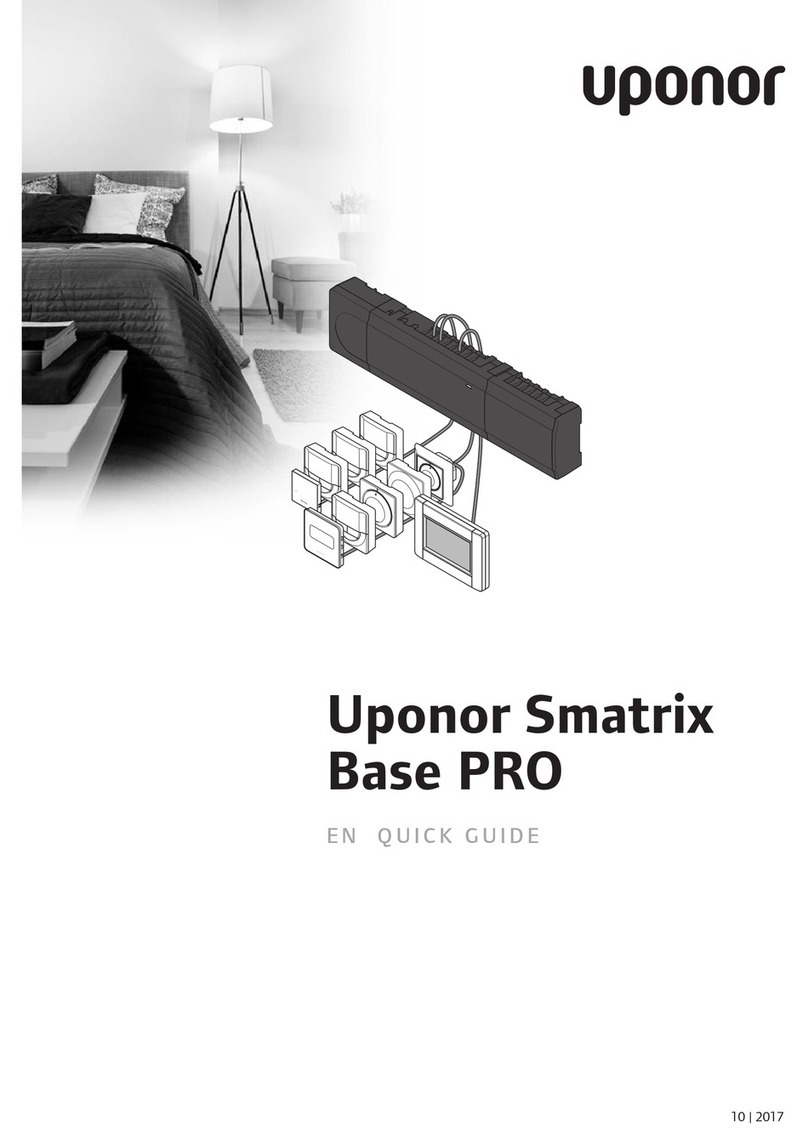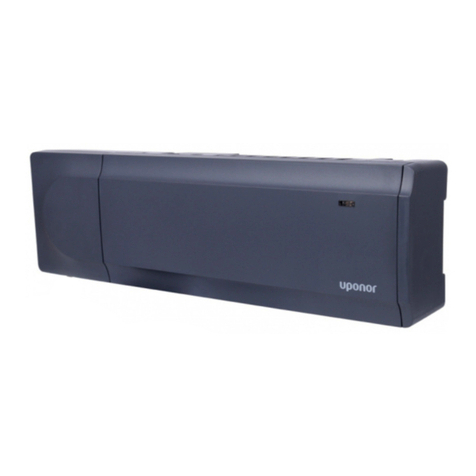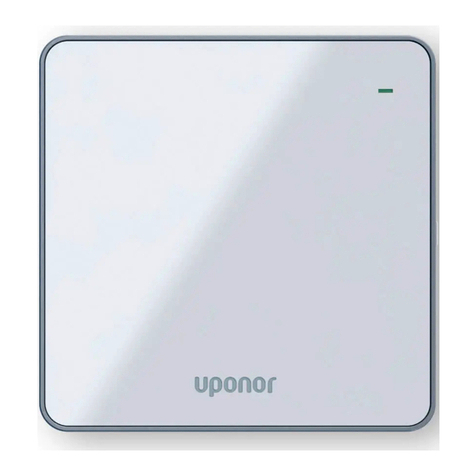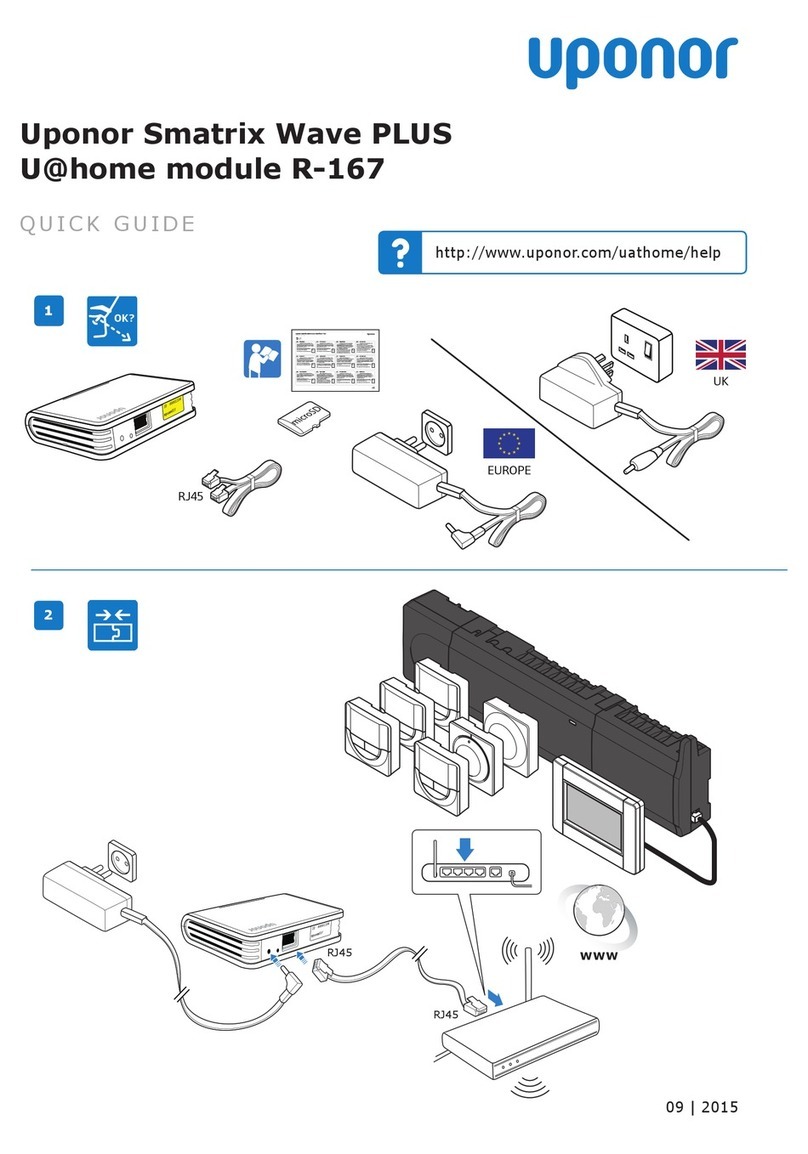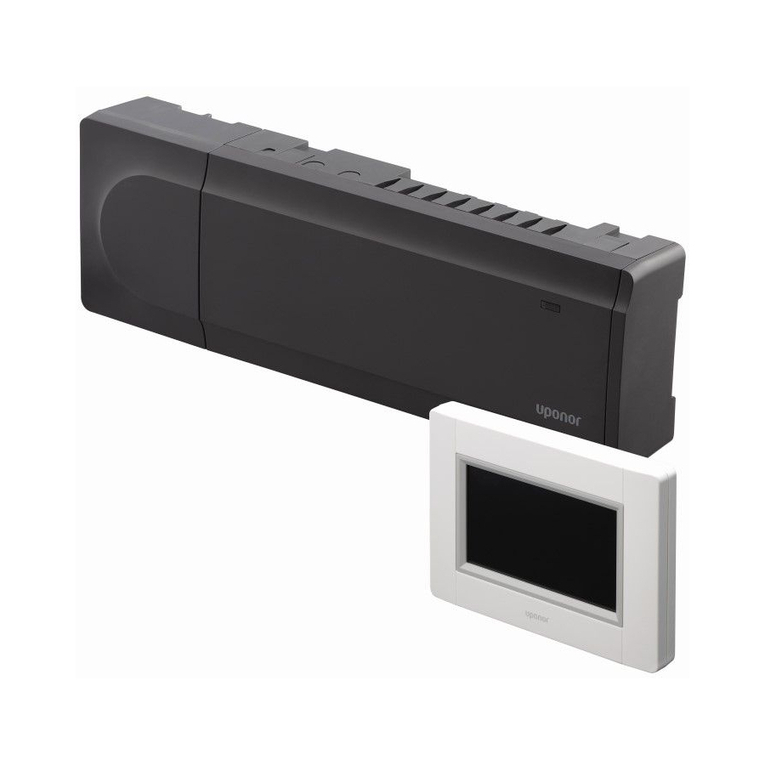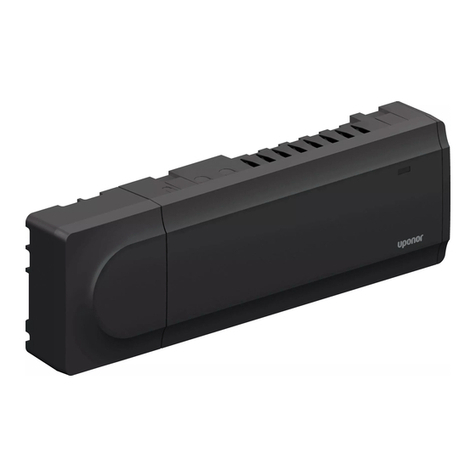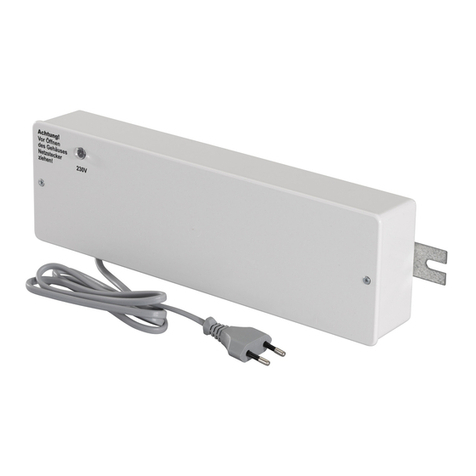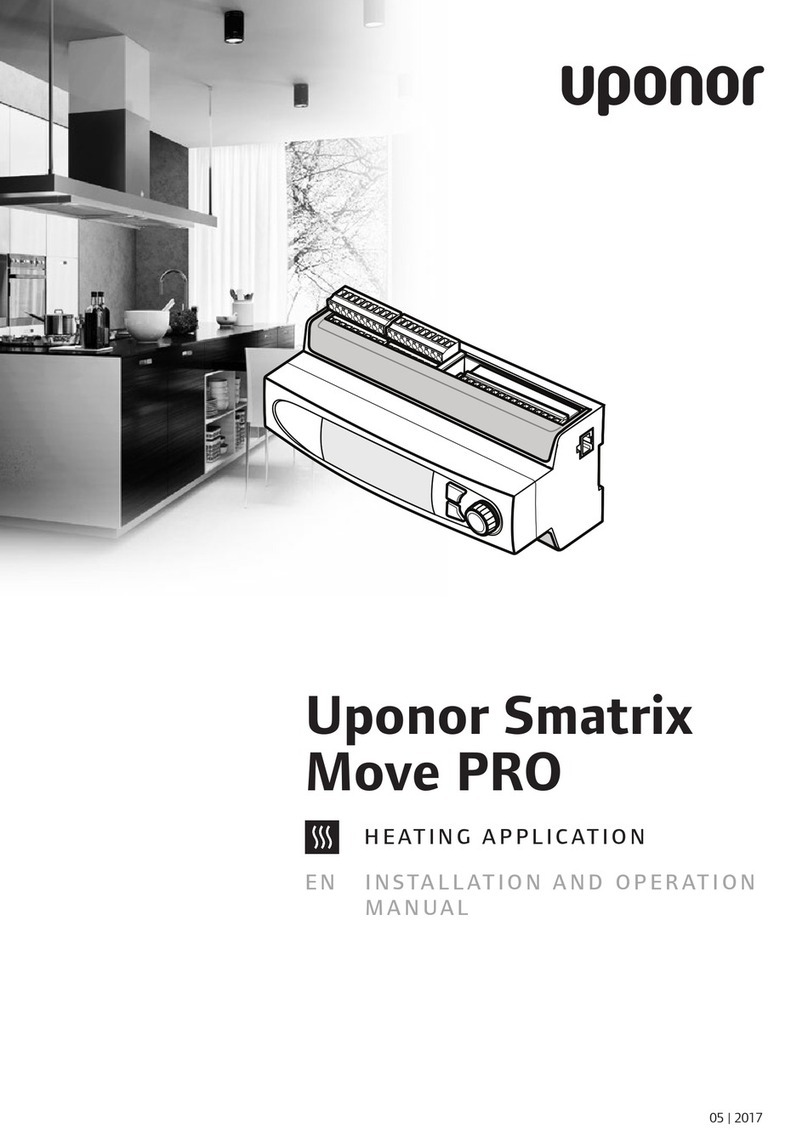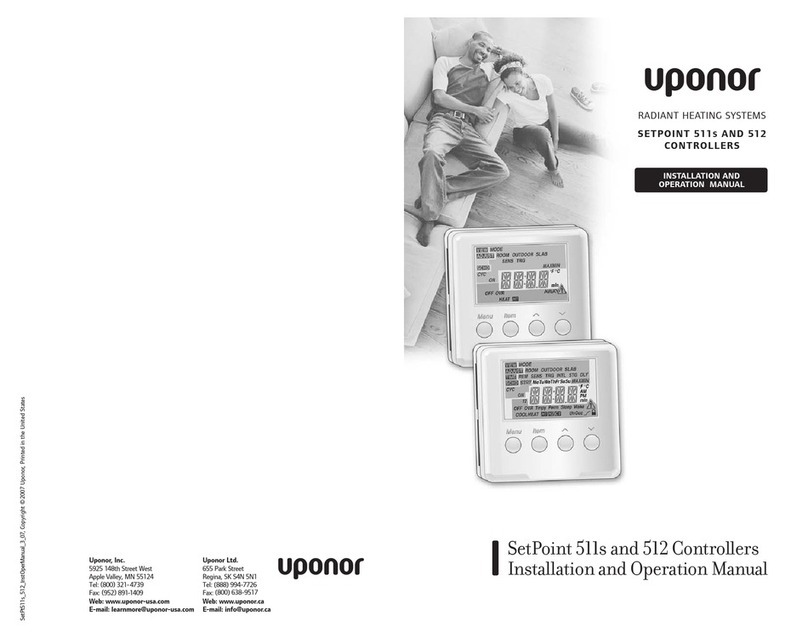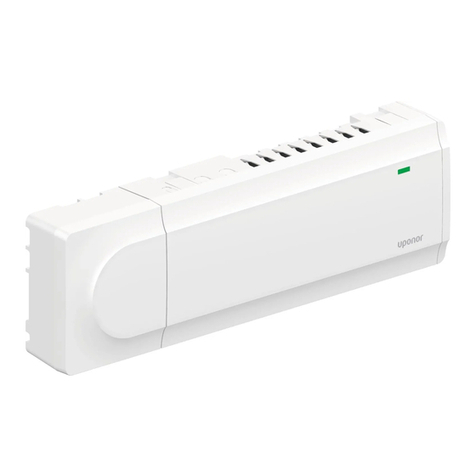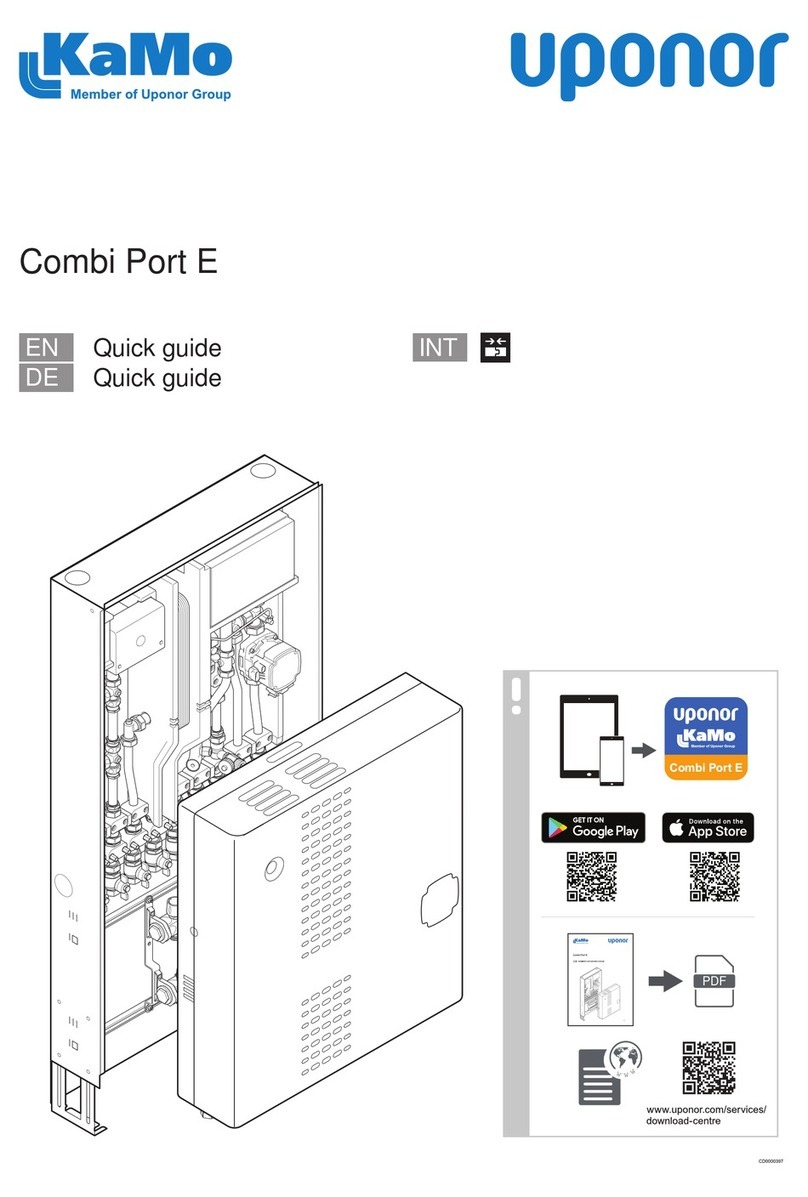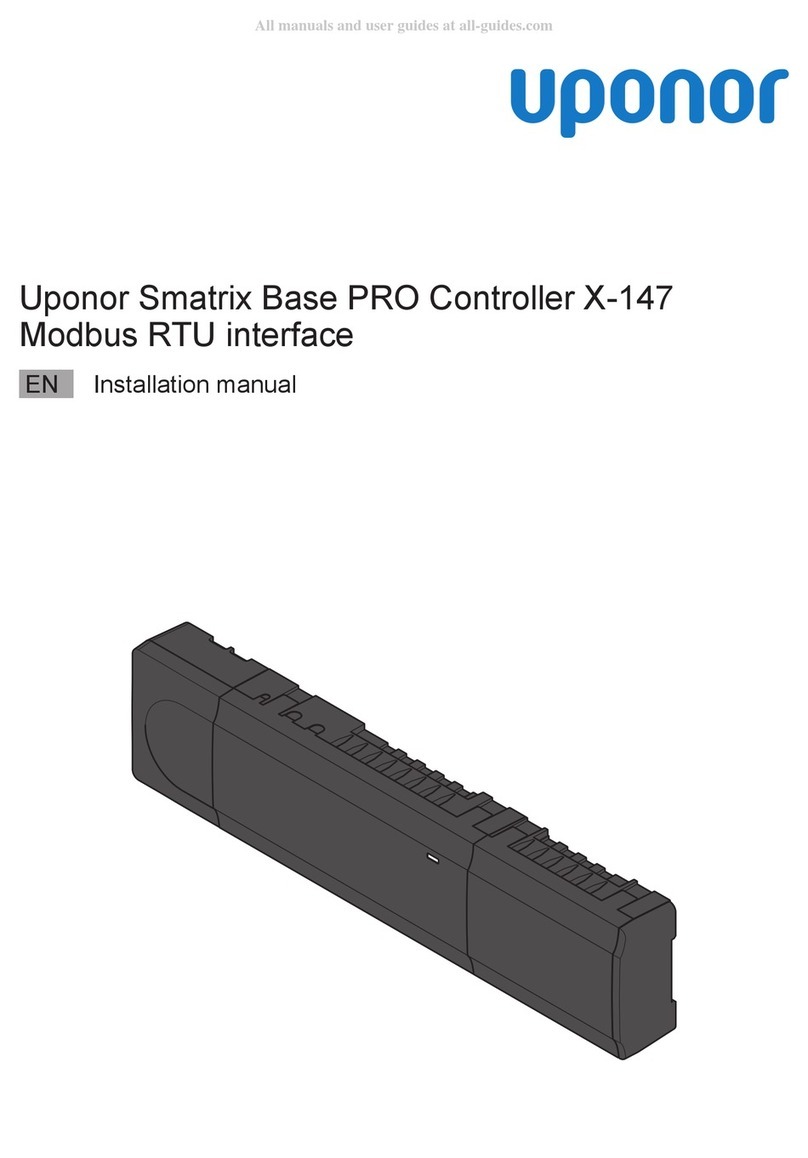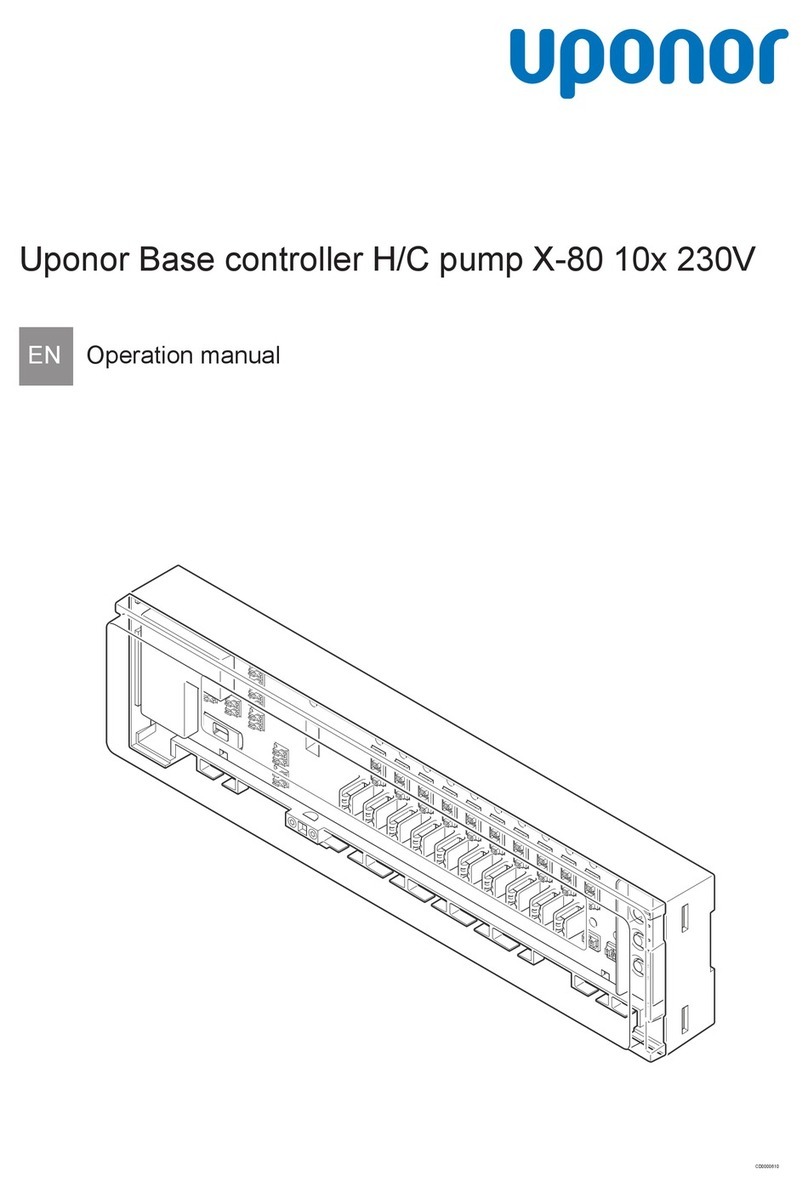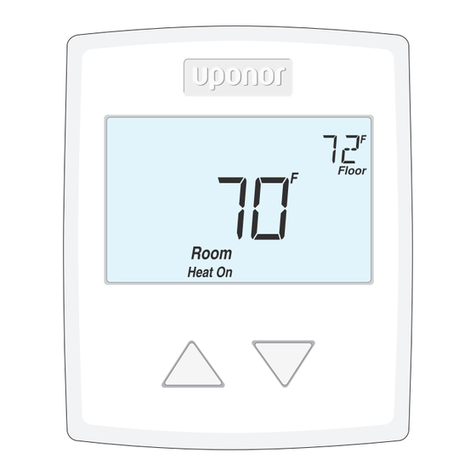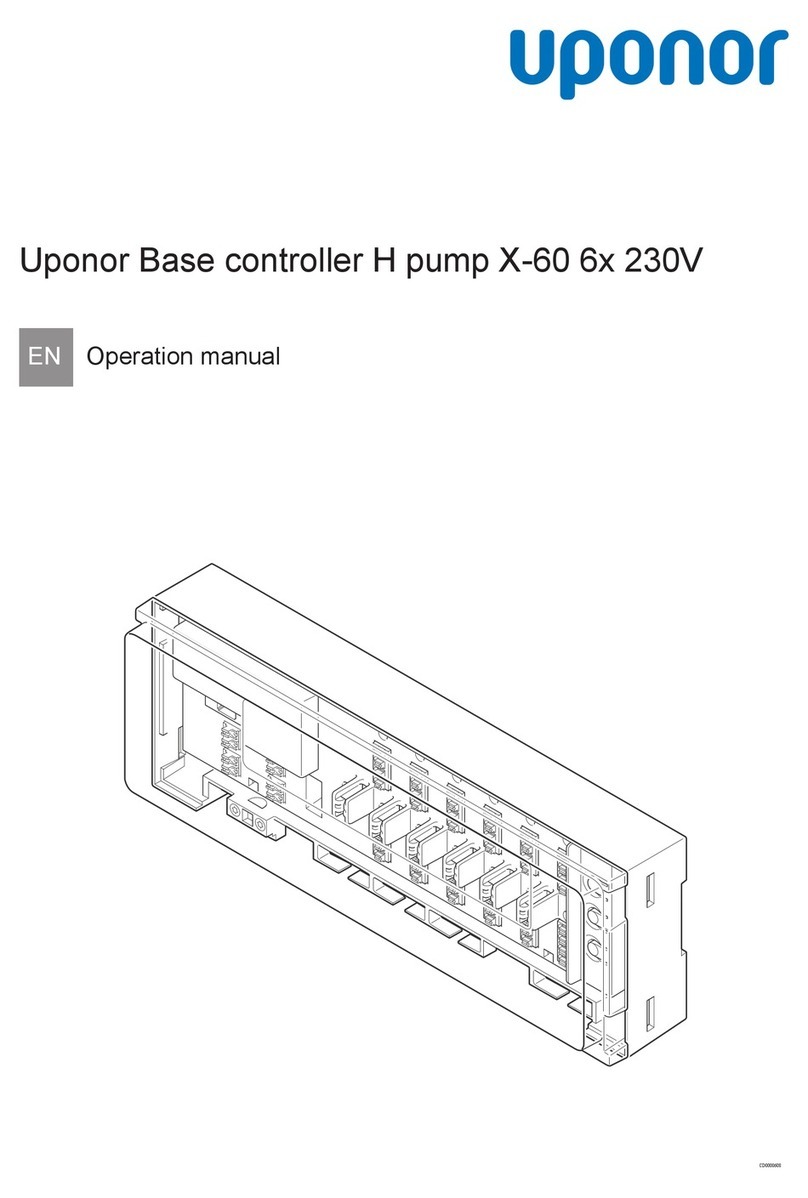
Table of contents
1 Copyright and disclaimer..................................................... 4
2 Preface................................................................................... 5
2.1 Safety instructions................................................................... 5
2.2 Correct disposal of this product (Waste Electrical and
Electronic Equipment)............................................................. 5
3 Uponor Smatrix Base PULSE system description............. 6
3.1 System overview..................................................................... 6
3.2 Example of a system............................................................... 6
3.3 Uponor Smatrix Base PULSE components............................ 7
3.4 Accessories........................................................................... 12
3.5 Functions.............................................................................. 12
4 Install Uponor Smatrix Base PULSE................................. 15
4.1 Installation procedure............................................................ 15
4.2 Prepare for installation.......................................................... 15
4.3 Installation example.............................................................. 16
4.4 Network connectivity............................................................. 18
5 Install Uponor Smatrix Base PULSE room controller..... 20
5.1 Placement of room controller................................................ 20
5.2 Connect optional slave module............................................. 21
5.3 Connect optional star module............................................... 21
5.4 Attach room controller to the wall.......................................... 22
5.5 Install communication module............................................... 23
5.6 Connect actuators to room controller.................................... 25
5.7 Connect electrical underfloor heating................................... 25
5.8 Connect thermostats to room controller................................ 25
5.9 Connect input to room controller GPI.................................... 29
5.10 Connect output to room controller relays.............................. 30
5.11 Connect room controller to AC power................................... 35
5.12 Test actuators........................................................................ 35
6 Install Uponor Smatrix Base room thermostat................ 36
6.1 Uponor Smatrix Base T-141.................................................. 36
6.2 Uponor Smatrix Base T-143.................................................. 38
6.3 Uponor Smatrix Base T-144.................................................. 41
6.4 Uponor Smatrix Base T-145.................................................. 42
6.5 Uponor Smatrix Base T-146.................................................. 44
6.6 Uponor Smatrix Base T-148.................................................. 46
6.7 Uponor Smatrix Base T-149.................................................. 50
7 Install Uponor Smatrix Base room thermostat as
system device..................................................................... 53
7.1 Uponor Smatrix Base T-143.................................................. 53
8 Install another Uponor Smatrix room controller in
the system........................................................................... 57
8.1 Preparation........................................................................... 57
8.2 Connect another room controller.......................................... 57
8.3 Register sub room controller to master room controller........ 58
9 Finishing installation.......................................................... 60
10 Operate Uponor Smatrix Base PULSE room
controller............................................................................. 61
10.1 Principle of operation............................................................ 61
10.2 Normal operation without optional scheduling programs...... 61
10.3 Operation with scheduling programs.................................... 61
10.4 Run mode............................................................................. 61
10.5 Room controller LEDs........................................................... 61
10.6 Reset the controller............................................................... 62
10.7 Unregister room controller channels..................................... 62
10.8 Update room controller software (optional)........................... 64
11 Operate Uponor Smatrix PULSE communication
module................................................................................. 65
11.1 Communication module layout.............................................. 65
11.2 Communication module LEDs.............................................. 65
11.3 Factory reset the communication module............................. 65
12 Operate Uponor Smatrix Base thermostats..................... 66
12.1 Thermostat type.................................................................... 66
12.2 Thermostat layout................................................................. 66
12.3 Start up................................................................................. 72
12.4 Adjust temterature................................................................. 73
12.5 Analogue thermostat functions............................................. 75
12.6 Digital thermostat functions................................................... 75
12.7 Factory reset......................................................................... 80
13 Maintenance........................................................................ 82
13.1 Manual preventive maintenance........................................... 82
13.2 Automatic preventive maintenance....................................... 82
13.3 Corrective maintenance........................................................ 82
14 Troubleshooting.................................................................. 83
14.1 General................................................................................. 83
14.2 Troubleshooting after installation.......................................... 84
14.3 Digital thermostat alarms/problems...................................... 84
14.4 Analogue thermostat alarms/problems................................. 87
14.5 Communication module alarms/problems............................. 87
14.6 Room controller alarms/problems......................................... 89
14.7 Contact the installer.............................................................. 89
14.8 Installer instructions.............................................................. 89
2 | Uponor Smatrix Base PULSE | Installation and operation manual
